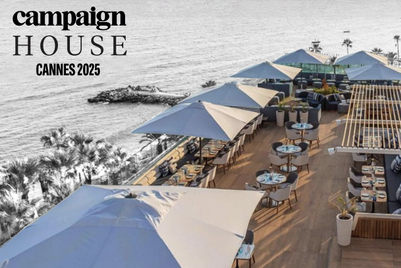
The rise of digital, criticism of English-language media, a backlash against linguistic imperialism, together with marketers’ desire to reach rural consumers, all are contributing to the rise of local, regional and dialect media in Southeast Asia.
One case in point is Google’s launch of its Voice Search in Bahasa Malaysia, which enables users to search the web from their mobile phones by speaking instead of typing.
And search is not the only local medium experiencing growth explains Prashant Kumar, CEO of Mediabrands Malaysia. “Harian Metro, Malaysia’s largest read daily in Malay, but with a small share of adex, is exploding while Astro, the satellite channel operator has had the semi-urban Malay segment as the bulwark of its strategic thrust and is beginning to be seen as a bonafide option to reach beyond urban areas.”
Kumar says that while most mass-market products are already penetrating the demographics, many premium mass brands have repurposed their thrust in recent times. “A huge implication of this is in the importance of vernacular publications,” he says, translating to increased media spend on local language and even sub-regional or dialect media.
The same is also proving true in Indonesia and Thailand, where marketers are seeking media alternatives in order to reach the large number of rural consumers. Agencies - both local and international — agree there is a need for a more sophisticated marketing segmentation.
“Marketers are less willing to invest heavily in traditional media channels, as rural or lower-demographic consumers are less likely to consume the same programmes or newspapers as their city counterparts,” says Preeyada Vuttipakdee chief operating officer, Southeast Asia
LiquidThread.
As to which brands are driving demand for vernacular media, client services director at Y&R Indonesia Eliza Fazia says that homegrown brands like Indomie, which is very much targeted to rural areas, has used some dialects in its previous TVC, “Just to give a touch of the ‘Indonesianess’, to carry over their Indonesian motto ‘Unity in diversity’. But they might not necessarily translate or produce special local dialect television campaigns.”
Fazia continues that local dialects are most likely to be used in radio commercials.
“I have had experience, some years ago, with a detergent brand which translated campaign scripts into respective local dialects. Today there are some local cigarette brands which are using local dialects in their radio commercials,” she explains.
And it appears that those strategies originally adopted by local marketers are now key to many MNC campaigns. While traditionally in many categories local players have dominated, as tastes evolve in this segment - and margin potential grows - global brands are fighting a pitched battle with the local brands.
“As a result, while you have global brands trying to get closer to the grassroots with massive provision stores thrust, deeply local messaging and on-ground activations, you have local brands investing more and more in building their brands in mass media,” says Kumar.
With the likes of Unilever, Nestlé, L’Oréal, Danone, P&G, KFC and the telcos all looking to vernacular media, Kumar says there are few categories where this battle is not
taking place.
This article was originally published in the May issue of Campaign Asia-Pacific.



.jpg&h=334&w=500&q=100&v=20250320&c=1)

+(900+x+600+px)+(3).png&h=334&w=500&q=100&v=20250320&c=1)




.jpg&h=334&w=500&q=100&v=20250320&c=1)






.jpg&h=268&w=401&q=100&v=20250320&c=1)

